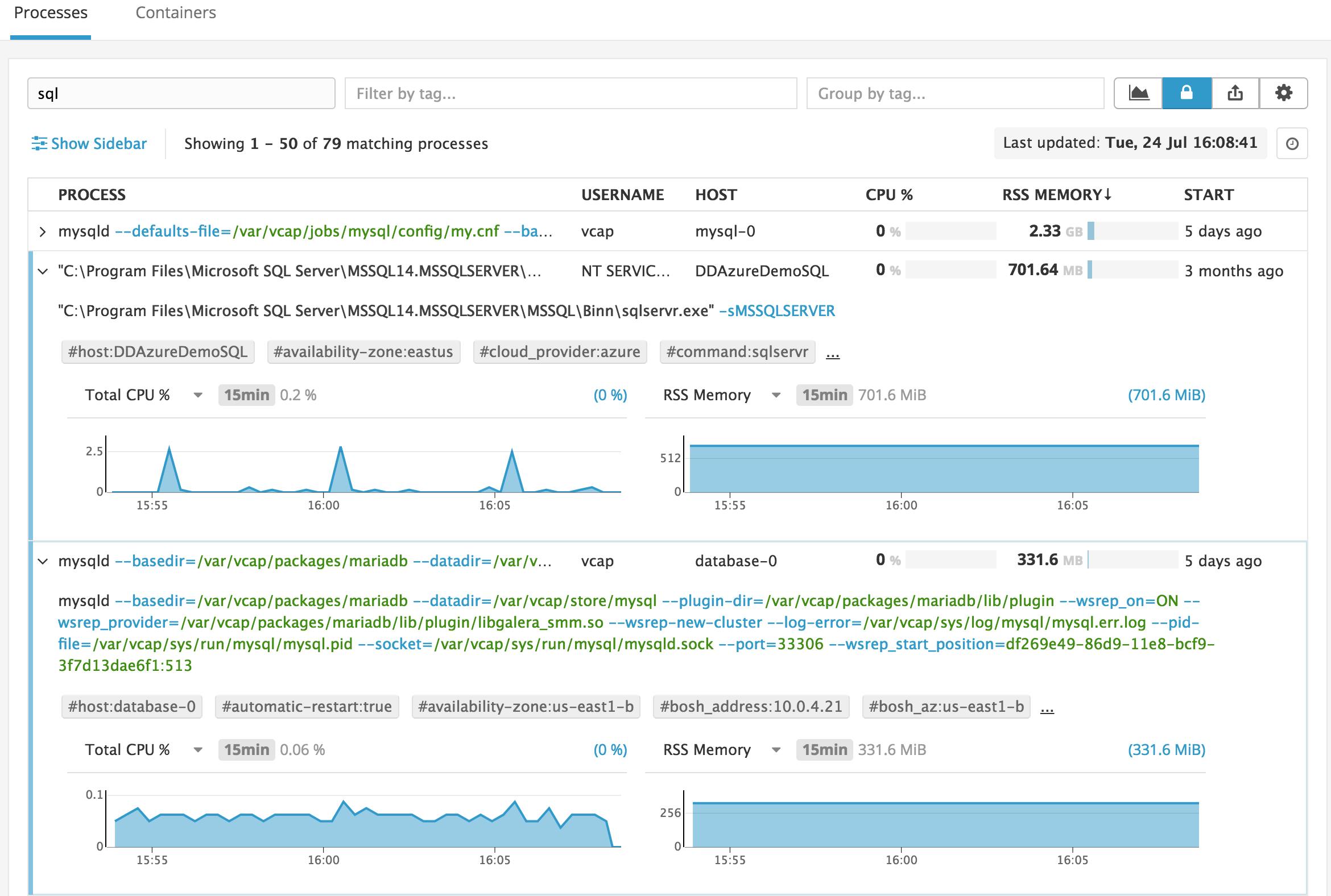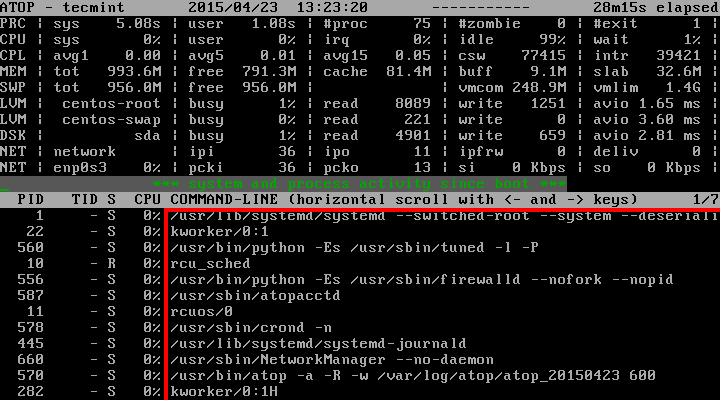
- #Process monitor linux how to#
- #Process monitor linux install#
- #Process monitor linux full#
- #Process monitor linux password#
This is how you can keep a track of the resources used by all the processes of the system. Conclusionīy making use of the htop utility, you can visualize all your system’s processes, their CPU cycles, memory consumption, time laps, resources etc.
#Process monitor linux full#
AdvertisementĪ full list of all options can be found in the man page of the htop command here. The column sort order can be changed with F6 key. you can select a process by using the up and down arrow keys on your keyboard and then kill that process by using F9 key. Htop has many useful interactive commands. Procmon provides a convenient and efficient way for Linux developers to trace the syscall activity on the system. As soon as you will press enter, your terminal will change itself into the htop window and all the system processes will be displayed on it as shown below: Process Monitor (Procmon) is a Linux reimagining of the classic Procmon tool from the Sysinternals suite of tools for Windows. Now type htop in the terminal and press enter. You will see the following messages as soon as your installation gets completed successfully:
#Process monitor linux password#
Just insert your system’s password and press enter.
#Process monitor linux install#
For doing this, type the command sudo apt-get install htop and press enter.Īs soon as you will press enter, it will ask you to enter your password. The newly opened terminal window is shown below:įirst, you will need to install the htop utility.

Launch the terminal by pressing Ctrl +T or clicking on the terminal icon displayed on the taskbar or searching for terminal by typing terminal in the search window and pressing enter. Using htop to monitor processes in Ubuntu In this article, we will tell you that how does this feature work and how can you monitor system processes through it. This feature is known as the htop utility in Ubuntu. Similarly, Ubuntu also provides us with a utility to monitor the system process and see how much space each process is occupying and which process is currently running on CPU etc. It is a feature that is mainly used to view the currently running processes. Use the feedback form below to ask any questions or share your thoughts about this utility.Most of the people are familiar with the use of Task Manager in Windows.
#Process monitor linux how to#
In this brief guide, we have explained how to install and use whowatch. That’s all! whowatch is a simple, easy-to-use interactive command line utility for monitoring processes and users on a Linux system. How to Monitor User Activity with psacct or acct Tools.How to Monitor Linux Commands Executed by System Users in Real-time.You will also find these related articles useful: Check Linux System Informationįor more information, see the whowatch man page as shown. You can also view Linux system information by pressing s key.

To view all Linux user processes tree, press t.

To view a users process tree, press Enter after highlighting that particular user. Then press d key to list the user information as shown in this screenshot. You can view a particular user’s details, simply highlight the user (use the Up and Down arrows to navigate). Once installed, you can simply type the whowatch in the command line, you will see the following screen. The program whowatch can be easily installed from the default repositories using package manager on your Linux distribution as shown. In this brief article, we will explain how to install and use whowatch on Linux systems to monitor users and processes in real time in a machine. In the process tree mode, you can send the SIGINT and SIGKILL signals to selected process in a fun way. In addition, you can select a particular user and view their processes tree. whowatch also shows system uptime and displays information such as user’s login name, tty, host, processes as well as the type of the connection. It shows total number of users on the system and number of users per connection type (local, telnet, ssh and others). It shows who is logged on to your system and what they are doing, in a similar fashion as the w command in real-time. Whowatch is a simple, easy-to-use interactive who-like command line program for monitoring processes and users on a Linux system.


 0 kommentar(er)
0 kommentar(er)
